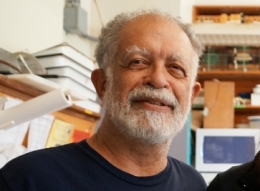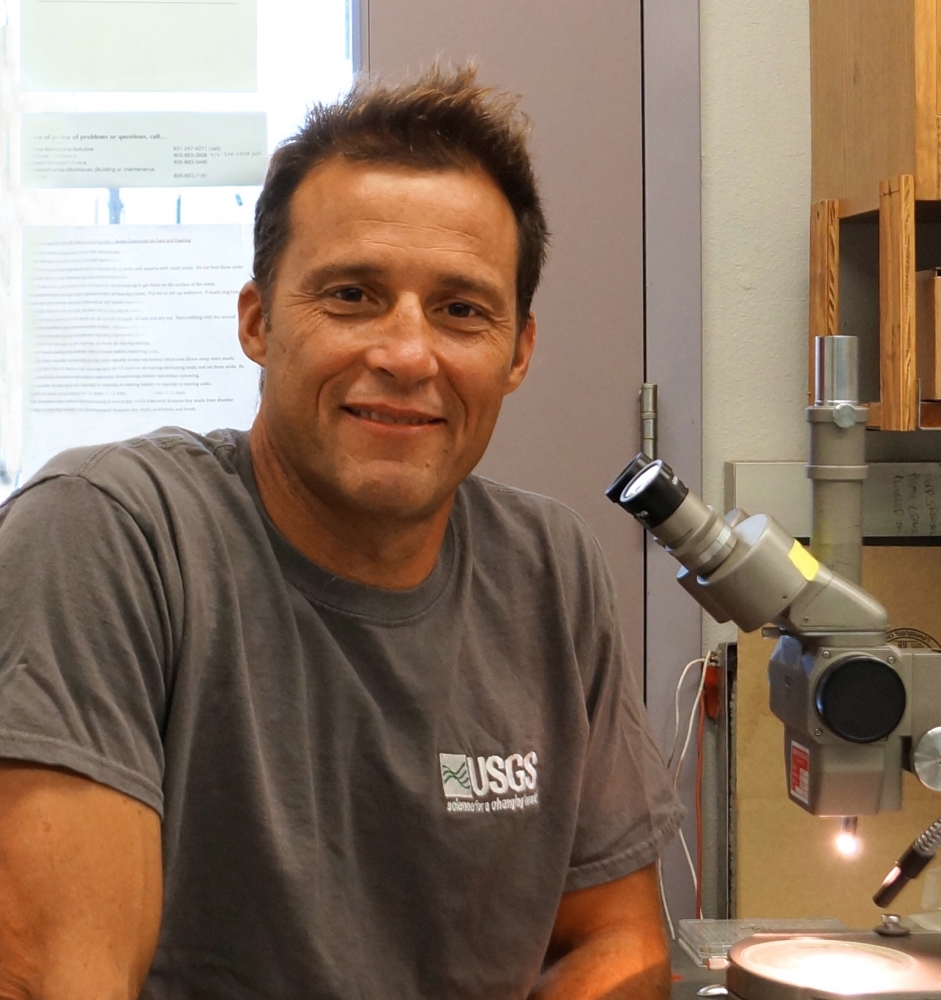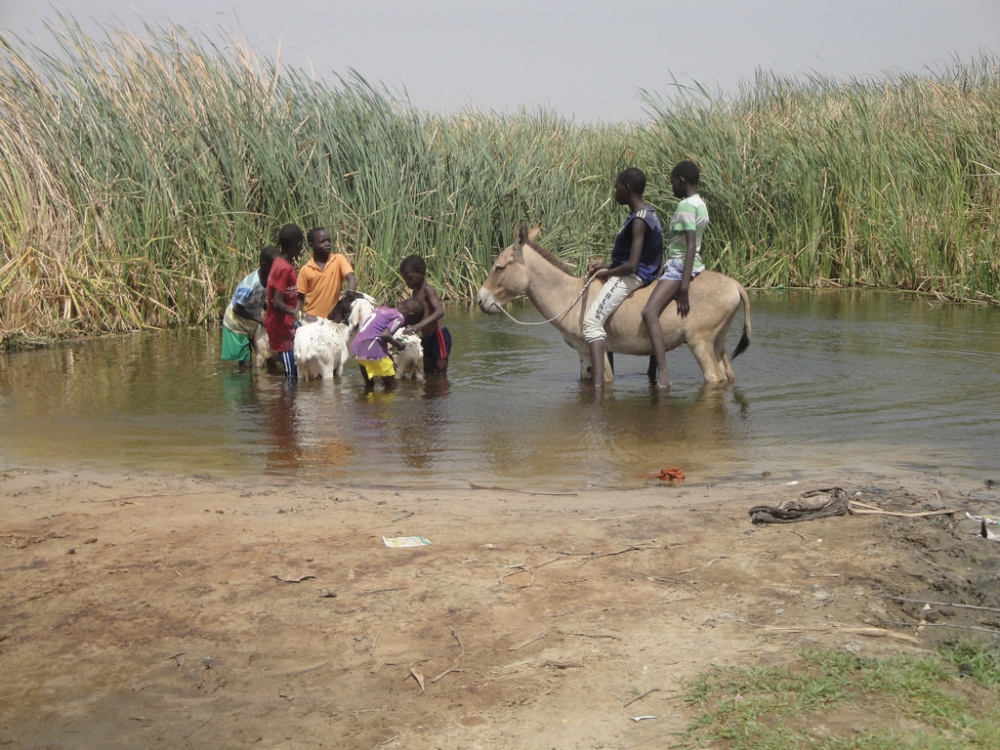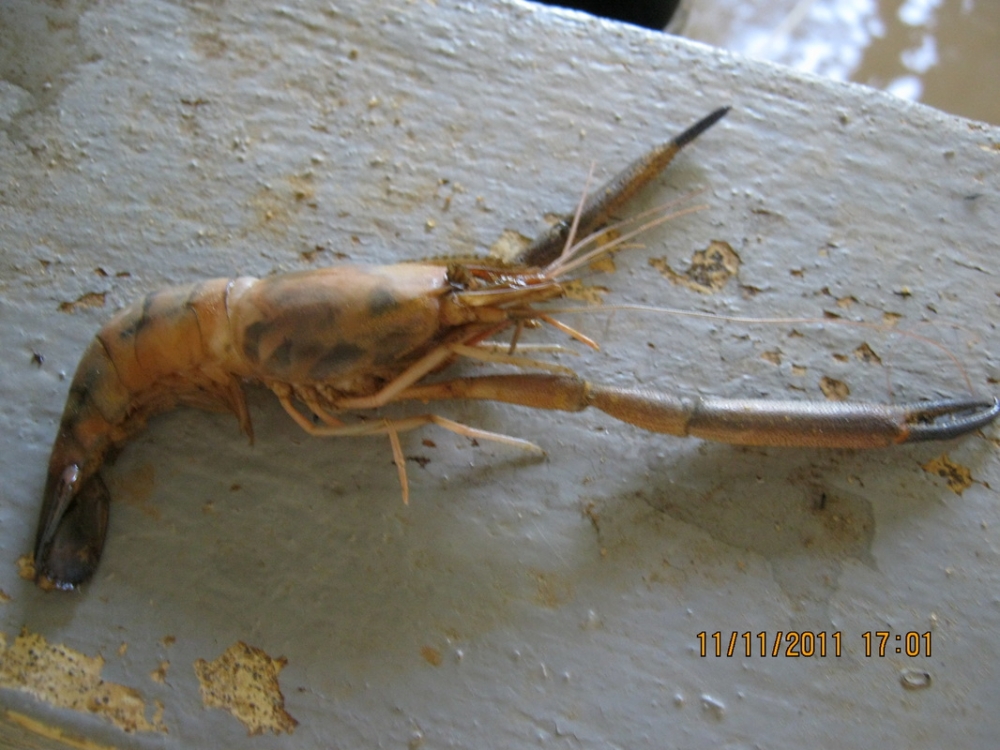Ecological Restoration to Battle Parasites



In 1986, rural communities along the Senegal River in West Africa welcomed a dam that brought jobs to sugar cane plantations. But those who lived and worked in and around the river and surrounding waterways soon became infected with a new disease that slowly robbed them of health, cognitive ability and, in the bigger picture, the ability to thrive as a community.
The disease is schistosomiasis, and Senegal is still experiencing one of the worst epidemics of its kind in history.
“Schistosomiasis isn’t as well known as malaria, tuberculosis or AIDS, but it is, frankly, nearly as bad,” said UC Santa Barbara parasitologist Armand Kuris, who along with a multidisciplinary team of researchers, is studying the effects of the parasitic worm around the Diama Dam that spans the river between Senegal and Mauritania. While infection with the worm does not result quickly in mortality, the effects of the disease — a weakened immune system and impaired organs — open the doors to serious medical complications. And it often increases after dams are built.
The available drug — though successful at ridding patients of worms — cannot reverse the damage already wrought by the presence of the worms and their eggs, nor can it prevent reinfection that occurs when people come into contact with the water.
“Less than half the people in Senegal who are at risk of schistosomiasis get the drugs they need,” said Susanne Sokolow, a former UCSB postdoctoral researcher and now a Stanford Woods Institute disease ecologist. She is the lead author of a study published in the Proceedings of the National Academy of Sciences. “It’s hard to treat everyone every year. And most go back into parasite-infested water the day after treatment because rural villages have no alternative water sources.”
However, Kuris and Sokolow along with UCSB/U.S. Geological Survey marine researcher Kevin Lafferty and colleagues from Stanford University, the Institut Pasteur in France and the Biomedical Research Center Espoir Pour La Santé in Senegal, think they have found a way out of the downward spiral of infection and reinfection. The researchers have proved that it is possible to control and perhaps eliminate the parasite in a way that provides economic and nutritional benefits while restoring ecological balance to the river.
“This dam is the key,” Lafferty said of the Diama Dam, a relatively low structure at 18 meters high that nevertheless had a huge impact on the area the researchers studied. While it prevented salt water from moving back upriver, thus providing a stable source of fresh water for the area’s agricultural operations, it also provided a more hospitable environment for the Schistosoma flatworm’s intermediate host, a freshwater snail that, when infected, sheds the larval form of the worm into the water.
Then, most interesting to Lafferty, the dam blocked the migration of endemic river prawns, which are natural predators of the parasite-carrying snails. “These prawns release their eggs in the estuary, and the prawns then have to migrate back up stream to get into the river, but they can’t get back over the dam,” he said. The dam protected the snails from their predators.
Inspired by similar studies in Kenya conducted by Kuris, the researchers hypothesized that reintroducing snail predators could reduce infection in humans. In those studies, the researchers first cured villagers of schistosomiasis with the drug Praziquantel and then introduced prawns into the river. After a year and a half, they found fewer snails in the river and reduced reinfection in the people.
The success of the experiment, according to the study, is in large part due to the fact that the prawns eat the snails and the parasites inside them but the prawns do not become infected by the flatworms the snails eat, thus breaking the parasite’s life cycle. “Prawns are voracious snail predators, perhaps seeking edible calcium for their own shells,” said Kuris. Once the snails are gone, the omnivorous prawns switch to other prey.
The results from this study have been so promising that further research is planned to examine the wider relationship of the humans and the environment, and prawn restoration or locally sustainable aquaculture methods that may provide the best results for the health of humans, the environment and the local economy.
“Our research shows that combining mass drug administration campaigns with snail predators could have a lasting effect on public health,” said Sokolow. Under the banner of the Upstream Alliance, the team is currently expanding the projects to include more villages and learning how to better farm and restore prawns.
Research on this project is supported by several organizations, including the National Science Foundation and the Bill & Melinda Gates Foundation.






